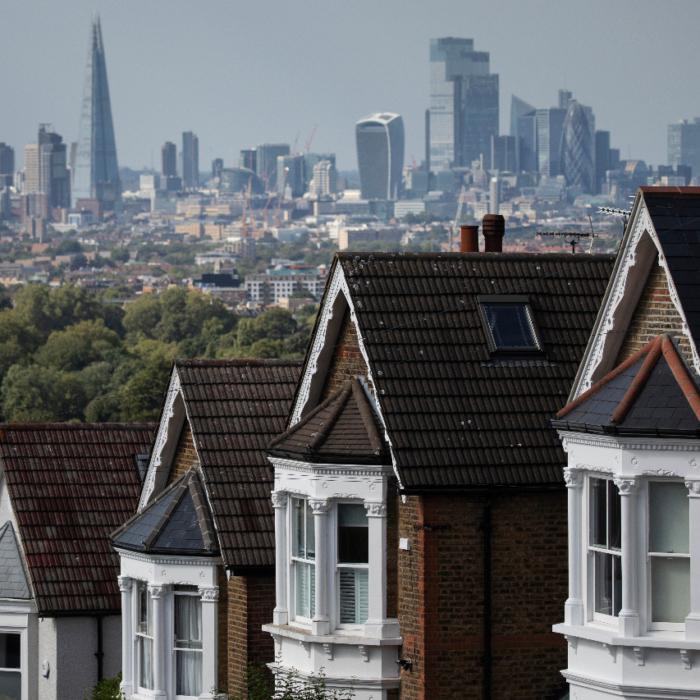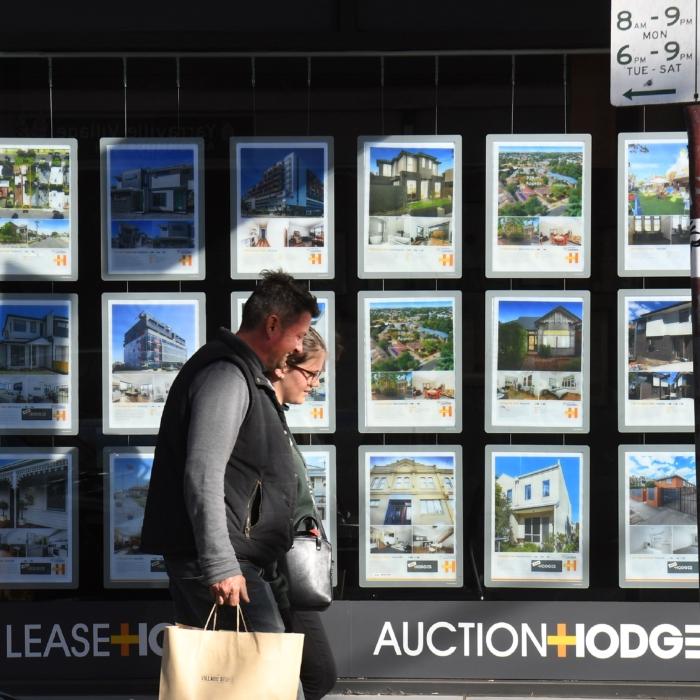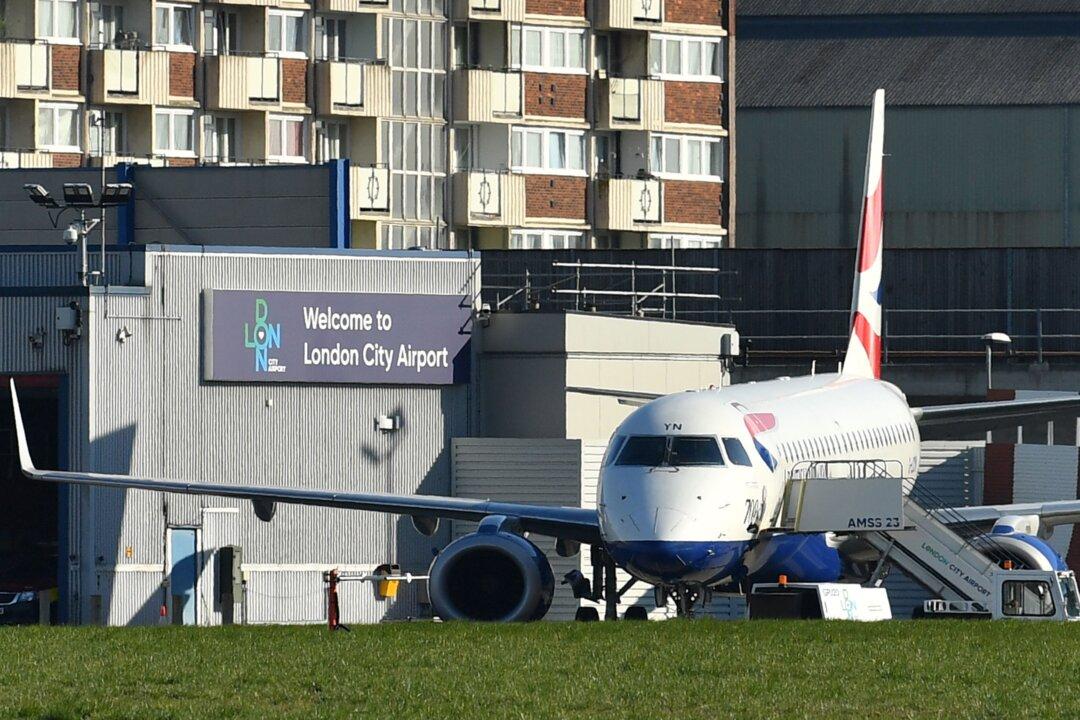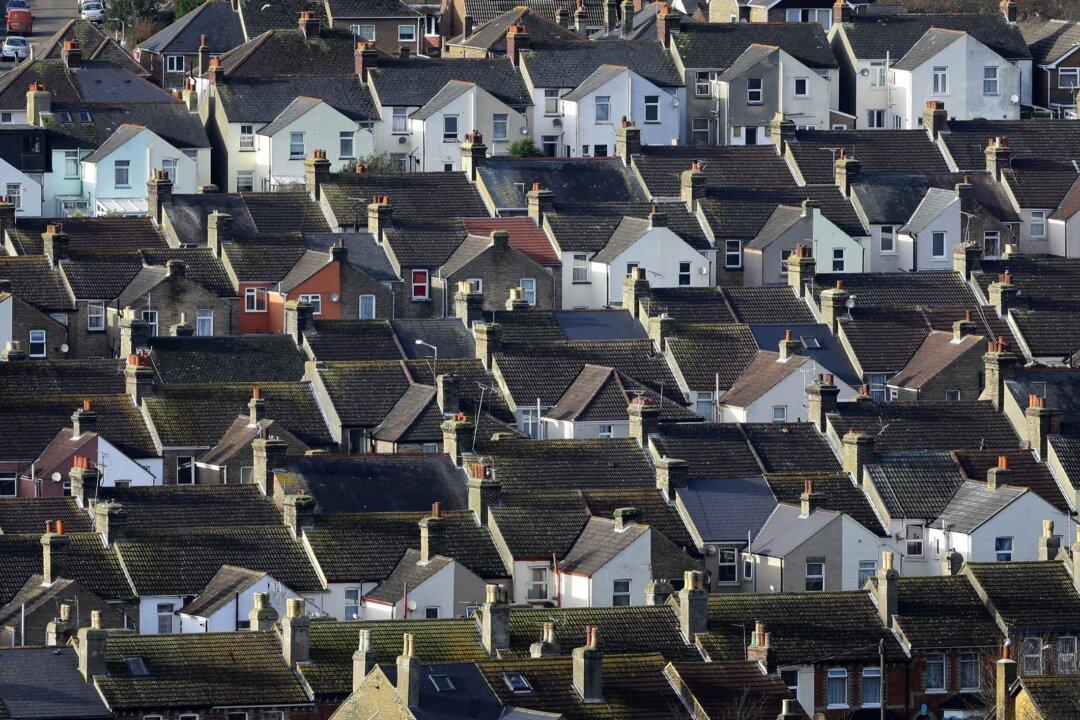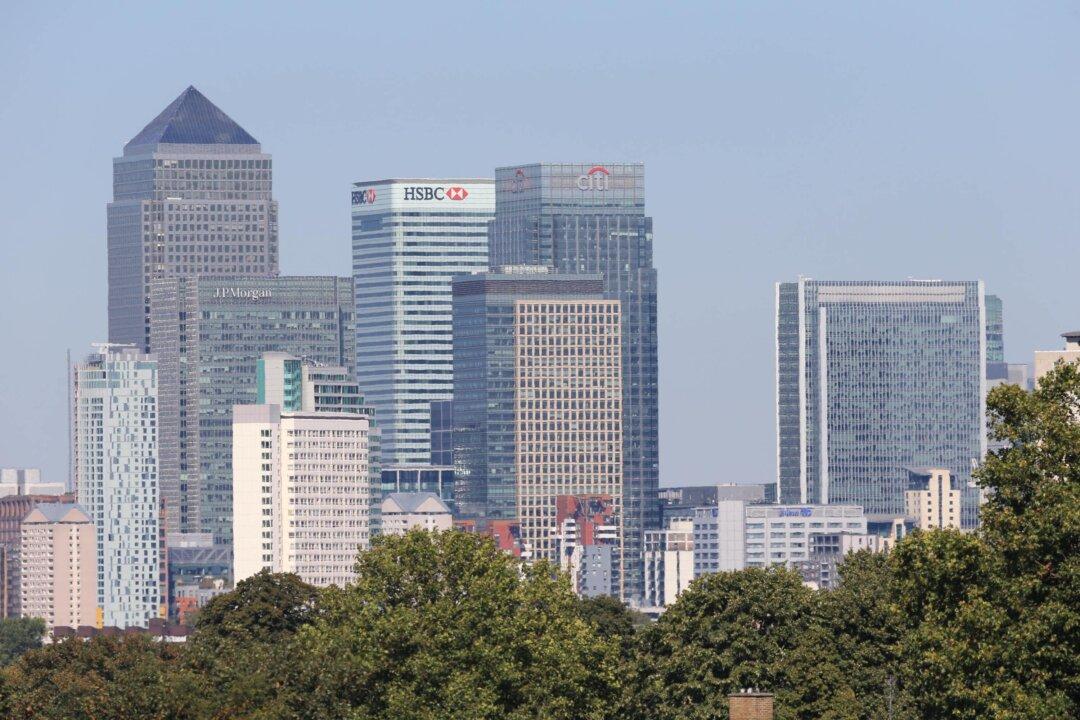A recent housing market analysis has found that UK rural property growth was 5 percent higher than in urban areas.
Andrew Harvey, Nationwide’s senior economist, said, “Our latest analysis suggests that average house price growth in local authorities classified as predominately rural has continued to outpace those of other areas.”
“Average prices in predominately rural areas increased by 22 percent, compared with 17 percent in predominately urban areas. Local authorities classified as ‘urban with significant rural’ saw price growth of 19 percent over the same period,” added Mr. Harvey.
He also highlighted that “affordability pressures” and a rise in “borrowing costs” saw a decline in average prices in both urban and rural areas in 2023.
The data in the report was sourced from the UK House Price Index and covered the time period between December 2018, to December 2023.
“In local authorities classed as ‘predominantly rural,’ more than half of the population live either in rural settlements or market towns,” Mr. Harvey said.
“In authorities classed as “urban with significant rural,” between 26 percent and 49 percent of the population live in either rural villages or market towns.
“In local authorities which are classified as ‘predominantly urban,’ at least 75 percent of the population are either in towns or cities,” he said.
Figures also included “tourist hotspots” such as Devon and the Lake District, which could include those buying holiday or second homes.
The report outlined that of the 349 local authorities in Britain, 212 are classified as “predominately urban,” 89 as “predominately rural,” while the remaining 48 are classed as “urban with significant rural.”
As for the top performers, rural semi-detached properties saw the strongest price growth with average prices increasing by 24 percent.
“Increased demand for property in rural areas over recent years has been part of the ‘race for space’ seen during the pandemic,” Mr. Harvey added.
Flexible working options made necessary during the COVID-19 pandemic prompted many people in urban areas to relocate during the above-mentioned time period.
However, a think tank has found that London’s population has begun to bounce back to record highs.
The exodus of Londoners from the capital saw a 0.7 percent drop in population between mid-2019 and mid-2021.
More than 75,000 people moved out of London during the time period, equivalent to the population of Tunbridge Wells.
They reported that the majority of people leaving London moved to southeast England around the time of the pandemic.
However, the outflow of people was at a “modest level,” researchers said.
“The population dip during COVID was considerably smaller than the figures in the hundreds of thousands that some predicted,” said Andrew Carter, chief executive of Centre for Cities.
What followed was an influx of 66,000 people moving to the capital by mid-2022, with the London boroughs of Camden and Tower Hamlets seeing a population increase that exceeded their pre-pandemic average.
With record levels of immigration from abroad being factored in, London’s population is most likely well above its pre-pandemic peak.
The think tank said, immigration is “significantly exacerbating the housing crisis,” putting pressure on the British rental market and social housing–all which affects housing costs.
“‘For decades, we have failed to build enough new homes to meet demand from those already living in the UK and record net migration has only exacerbated the problem. The Government needs to deliver on its promise to bring migration down and do more to tackle the country’s cavernous housing deficit by facilitating housebuilding right across the country–greenfield and brownfield, urban and rural, north and south,” said CPS research director, Karl Williams.


